
As part of infection prevention against COVID-19, schools spent millions of federal dollars trying to upgrade ventilation systems. That money has been ill-spent, warn some experts.


As part of infection prevention against COVID-19, schools spent millions of federal dollars trying to upgrade ventilation systems. That money has been ill-spent, warn some experts.

What does the post-COVID-19 future look like for infection preventonists? Great strides in infection prevention have been made because of the COVID-19 response, but look for them to be modified moving forward.
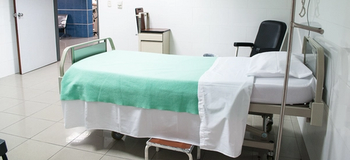
Darrel Hicks: “EVS teams work around professionals who are certified—whether it’s respiratory therapists, physical therapists, the RNs, the doctors—and I think if we ever hoped to elevate their status that we need to certify environmental services workers to a certain level of knowledge before they even start cleaning patient rooms.”
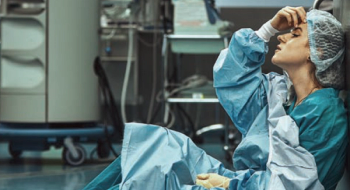
Infection preventionists across health care settings struggle with a myriad of problems during this pandemic. IPs at nursing homes have it particularly hard.

The allocations are scheduled to begin next month, with initial awards totaling $885, of which $500 million will go to what the CDC calls “strike teams” that will focus on nursing homes and other long-term care facilities.
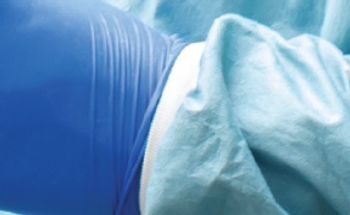
There needs to be a national standard for measuring the effectiveness of personal protective equipment at its most vulnerable spot—the wrist, urge CDC investigators.

Heather Saunders MPH, RN, CIC: “I think [infection preventionists] really need to be aware of what the efforts are at their state health departments and how they can collaborate with those efforts. IPs need to also have their own surveillance systems in place. They need to know what they’re looking for.”
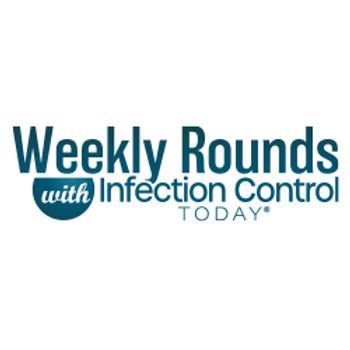
Take 5 minutes to catch up on Infection Control Today®’s highlights for the week ending July 9.
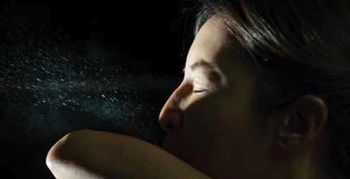
Two obstacles that inhibit the use of face masks among health care professionals include concern about how’ll they’ll affect communication, and perceived discomfort. Attitudes improve greatly with use.
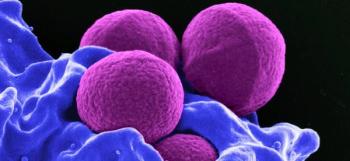
The makeup and application of surgical drapes hasn’t significantly changed in 50 years, a study states. Time for a new look?

“IPs reported more empowerment, credibility and value to their facilities during the pandemic,” states a study unveiled today at the annual APIC conference.
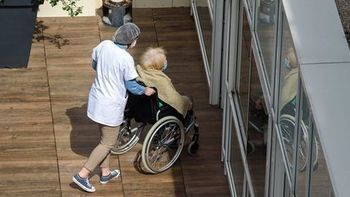
Almost half of nursing homes and assisted living facilities are operating at a loss, while 84% of nursing homes are losing revenue this year because fewer post-acute patients are coming to them from hospitals.

Infection preventionists and hospital administrators need to continue pushing for better hand hygiene compliance once health care workers stop worrying as much about their own safety, a study states.
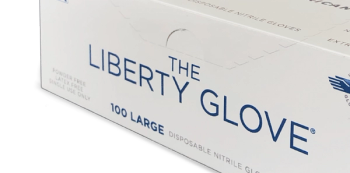
The U.S. Department of Defense signed a contract with a U.S. company that will boost capacity of nitrile glove production in the U.S. by 2.31 billion gloves per year by May 2023.

Nurses need a seat at the table when discussing PPE stockpiling and purchasing practices to share their lived experiences and help the team discover where practice deviated from plans. Infection preventionists should support the nurses in these discussions as allies.
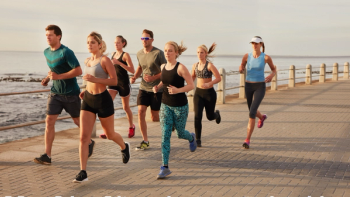
Individuals vaccinated against COVID-19 do not need to wear a mask outdoors when in small groups, when dining outside, or when biking or running, the CDC announced. However, face-covering precautions should still be taken in some settings.
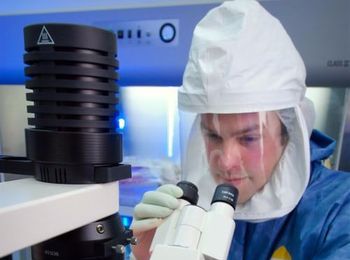
Surgical masks offer better protection against aerosolized particles than face shields or even better than face shields and surgical masks used together, study finds.

Beau Wangtrakuldee, PhD: “In the health care industry in general, small sizes are typically based on Caucasian males, so once you get to women who truly have smaller frames there are no products available for them.”

The shape and material composition of the N95 respirators varied widely from manufacturer to manufacturer, which can result in variations in the efficacy of a particular method from one product to the next.

Hospitalizations for COVID-19 dropped by a statistically significant 5.5 percentage points for adults from 18 to 64, compared to the hospitalization rates in the 4 weeks preceding the implementation of the mask mandates.

Double-masking can prove more cumbersome for many. If the goal is to protect the mask underneath, perhaps consider a face shield or a strategy for cleaning the mask more frequently.

Infection preventionists have the skill set to provide guidance beyond the health care setting. We know how to select PPE and how to use it. Cleaning and disinfection are like breathing to us.
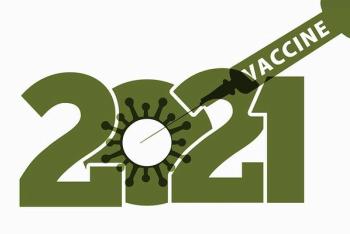
2021 will likely mean a mixture of things for infection preventionists (IPs). First, a focused effort on vaccine education. While this is a larger effort, IPs have always played a significant role in education and answering questions while rounding on the units and clinics.
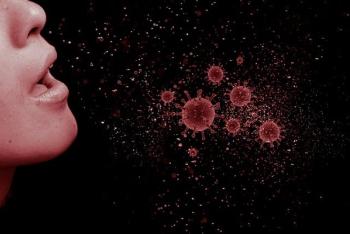
Kristy Warren: “We need to do everything we can to help protect our providers when performing these aerosol generating procedures. And subsequently those providers that enter the room or exit the room after these procedures have occurred.”
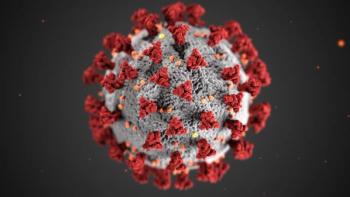
Though tough months lie ahead for infection preventionists and other healthcare professionals, hope remains that at some point in 2021 things will begin to settle down. In the end, it comes down to a simple formula: We win, COVID-19 loses.